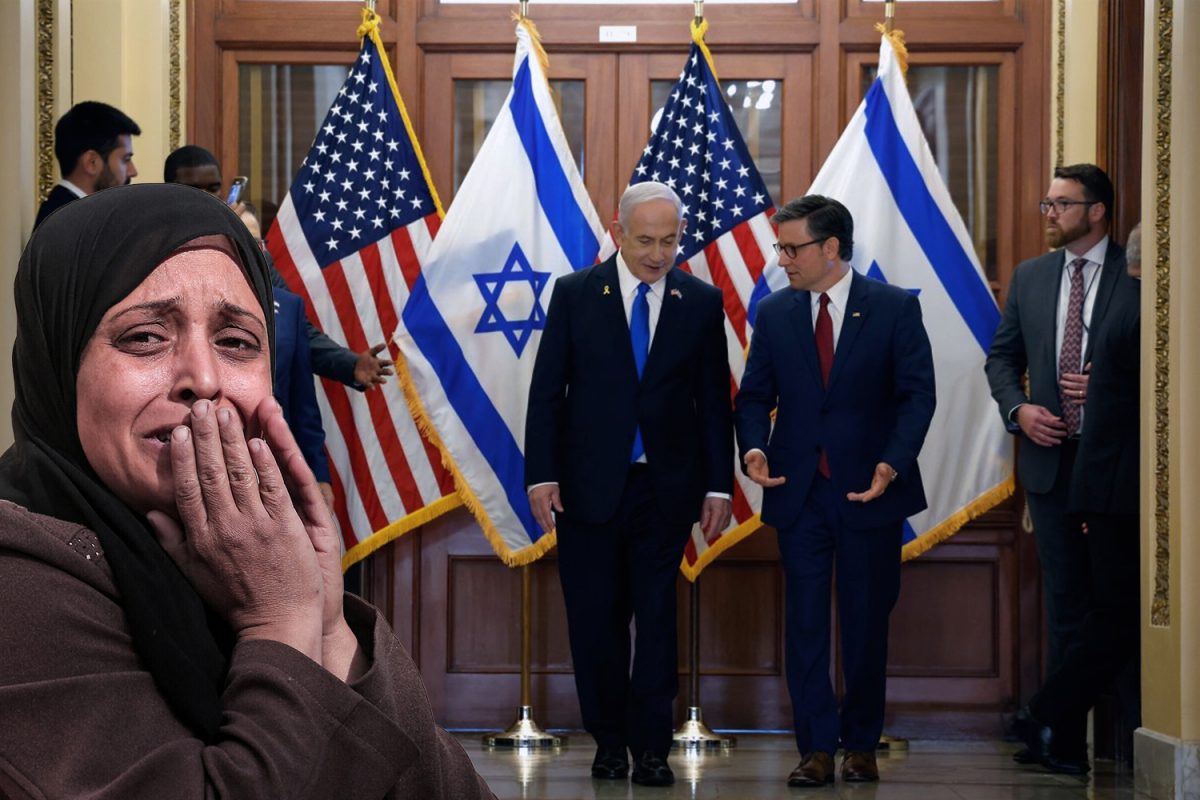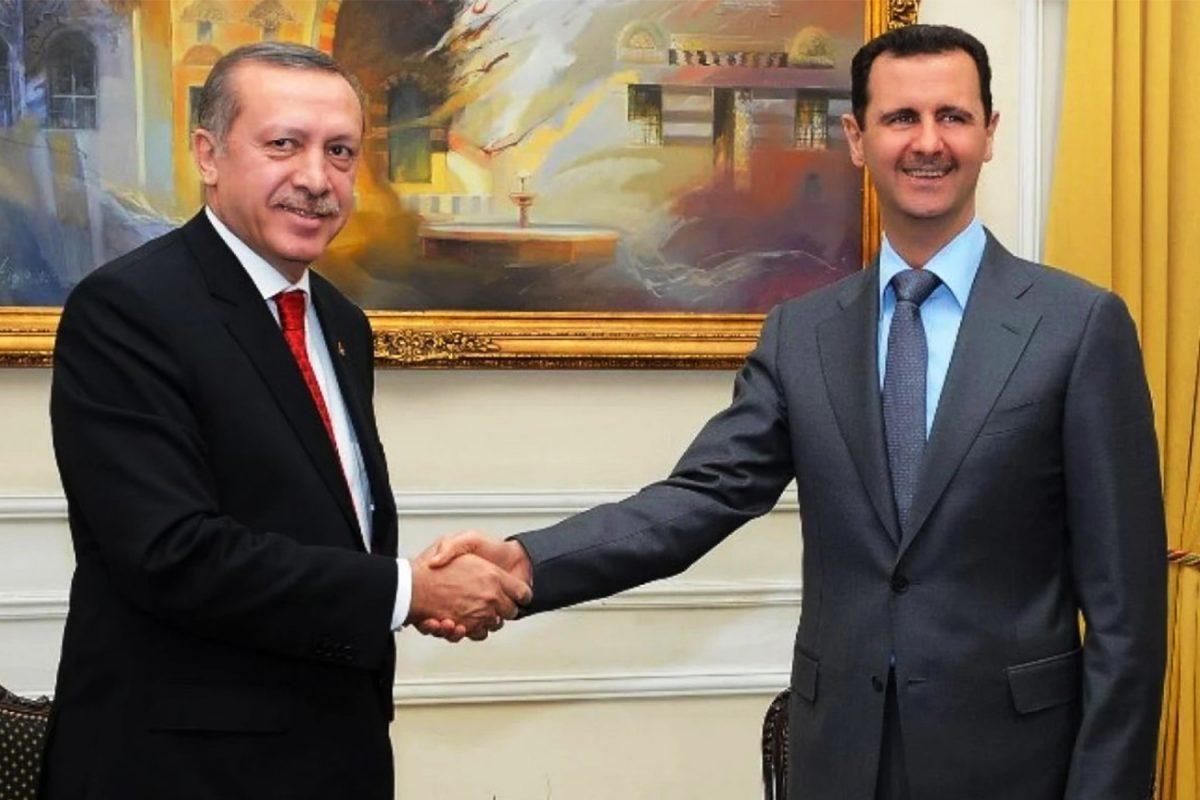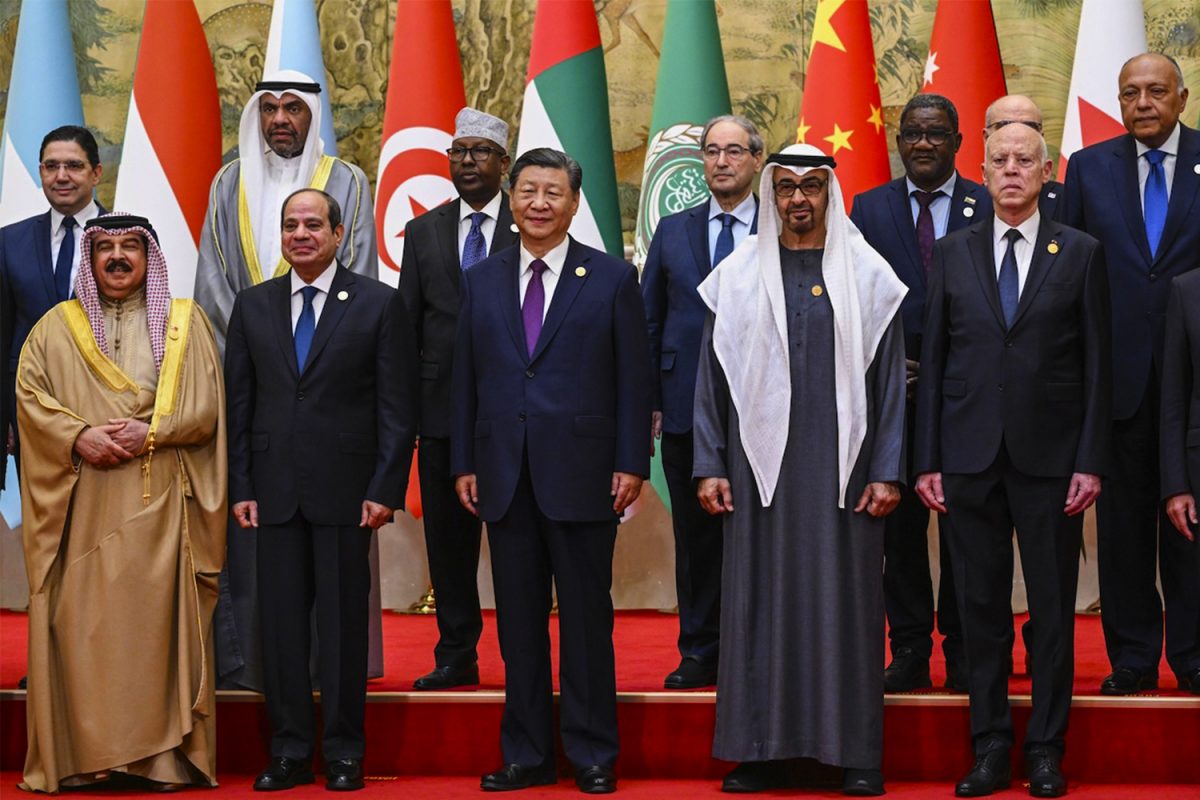In one of his first acts on US foreign policy, US President Joe Biden recently authorised missile strikes in eastern Syria against what the US officials described as: “a number of Iranian-backed militant groups, including Kait’ib Hezbollah and Kait’ib Sayyid al-Shuhada.”[1] All US presidents in their first 100 days in office wish to make their mark and show they are different, and hope to be better than their predecessor(s). They make numerous promises in their election campaigns and once they have taken the oath, they seek to make their mark. President Joe Biden is no different and the attacks against Iran in Syria are his opening salvo.
The Democratic administration recently published an intelligence report that implicates the Crown Prince of Saudi Arabia, Muhammad Bin Salman (MBS) as the ‘brain’ behind the brutal execution of Jamal Khashoggi. This was intended as a signifier to a breakaway from Trump’s era. Despite the global media attention, both MBS and the Saudi monarchy were not punished. Iran is now taking centre stage in the Democratic administration after an election campaign that promised a new nuclear deal with the clerical regime.
The original Joint Comprehensive Plan of Action (JCPOA) was agreed within the context of the events that were taking place in Syria when the Ba’athist regime was on the verge of collapse. Similar to when the US was bleeding to death in the insurgency in Iraq in the early 2000s, where it was able to reach out to Syria and Iran to ensure it didn’t bleed to death in similar vein the US reached out to Iran in order to ensure regime change did not take place in Syria. Whilst this may appear to go against the public statements of the US, both the US and the Ba’athist regime in Damascus have for long worked together in the region. The al-Assad regime desperately needed ground forces in 2015 and here the US agreed the JCPOA with Iran which released over $150 billion of funds for Iran. The US was in a haste to save the regime in Damascus, it expedited delivery by taking the unprecedented approach of airlifting $1.7 billion in cash directly to Tehran.[2] For the removal of sanctions Iran agreed to severely curtail its nuclear enrichment program. The agreement was very narrow from the US side, it required Iran to halt nuclear enrichment, in return the US lifted numerous sanctions, which after decades allowed Iran access to the international markets, allowed foreign investment into Iran, and gave Tehran access to the dollar. It was Vice president Joe Biden who made representation to the agreement to the US Foreign Relations Committee back in 2015.[3]
The al-Assad regime desperately needed ground forces in 2015 and here the US agreed the JCPOA with Iran which released over $150 billion of funds for Iran. The US was in haste to save the regime in Damascus, it expedited delivery by taking the unprecedented approach of airlifting $1.7 billion in cash directly to Tehran
In 2018, former US President Donald Trump pulled the US out of the nuclear deal after scorning it throughout his 2016 presidential campaign.[4] Trump repeatedly argued it was a bad deal and his hawkish republican supporters believed the absence of Iran’s missile program and support for non state actors meant the nuclear deal was not worth the paper it was written on. Trump used the deal and walked away from it for his own popularity, but the fact that the regime in Damascus had regained most of the country and the opposition in Syria were on the verge of defeat meant the agreement with Iran had achieved its goal and was no longer needed for US interests. With Iran expanding its presence in Syria and even building military bases for a permanent presence this was against US interests and culminated in the assassination of IRGC commander Qassim Solomani in January 2020 to ensure Iran got the message.
Contrary to popular assumption, the US values the presence of Iran and its allies in the Middle East. Whilst the clerical regime has grandiose aims to be a regional power the US has always seen this as useful for its ambition to control the region. By isolating Iran in the region as a pariah state the US has engaged with the clerical regime through containment, engagement, aggressive bellicose language, sanctions, concessions and rewards for over four decades. This has allowed the global superpower to construct a balance of power strategy in the Middle East by using Iran as a justification for a large US military presence in order to protect countries such as Saudi Arabia and Israel. The nuclear deal was in line with this selective engagement with Iran: a regular feature in their relations. Trump’s decision was not merely a result of his irrational behavior, as depicted by the mainstream media. It was a policy-based endeavor to keep Iran relevant as a threat to US allies, which would vindicate selling weapons to regimes like Israel, Saudi Arabia, and the Gulf states.
Contrary to popular assumption, the US values the presence of Iran and its allies in the Middle East. Whilst the clerical regime has grandiose aims to be a regional power the US has always seen this as useful for its ambition to control the region
Being a casual pavement into military bases in the Middle East is not the only function Iran serves. Israel is a close ally of the US that enjoys security from the threat of Iran provided by its surrounding Arab countries – as reaffirmed by the recent normalisation initiative. The presence of the Iranian threat is a vivid reminder to Israel as to why it needs US protection. Iran is more useful to the US as a threat than a ‘sociable’ ally. Having long realized so, the Iranian government rejected Biden’s invite to hold talks that would have supposedly reversed the decision by Trump’s administration.[5] In doing so, Iran reaffirms its position as a pariah state to the delight of the US and makes Biden’s government look peaceful.
In conclusion business continues as usual between the US and Iran. While the latter poses as a mortal enemy to the US and its allies, Biden looks good as a peaceful president disappointed by a rogue state and the clerical regime impresses its followers both locally and globally.[6] At the end, it is the people of Iran that continues to languish due to its leaders’ subservience to the global superpower.
[1] U.S. Launches Military Airstrikes Against Iranian-Backed Militants In Syria, NPR, 25 February 2021,
[2] US Transferred $1.3 Billion More in Cash to Iran After Initial Payment, Wall Street Journal, 6 September 2016,
[3] WH dispatches Joe Biden to lock down Iran deal on Capitol Hill, CNN, July 15 2015,
https://edition.cnn.com/2015/07/15/politics/iran-deal-white-house-democrats-congress/
[4] Iran nuclear deal: Trump pulls US out in break with Europe allies, BBC, 9 May, 2018
https://www.bbc.com/news/world-us-canada-44045957
[5] Iran nuclear deal: Tehran rules out informal talks on reviving accord, BBC, 1 May, 2021
https://www.bbc.com/news/world-middle-east-56234015
[6] Biden administration disappointed after Iran rejects invite to discuss nuclear deal with US and other nations, CNN, Kylie Atwood, 28 Feb, 2021
https://edition.cnn.com/2021/02/28/politics/biden-administration-iran-nuclear-deal/index.html





5 comments
Aijaz
26th March 2021 at 6:30 am
Jazakallah aki😁
Really insightful and engrossing and a Razor blade analysis.
Aijaz Rasool
26th March 2021 at 1:52 pm
Asalaamu Alaikum brother use mentioned about how America engaged with the clerical regime through containment, engagement, aggressive bellicose language, sanctions, concessions and rewards for over four decades.
Can you explain how America puts these tactics in practice.
Adnan Khan
28th March 2021 at 2:17 pm
Wa salaams
So, the US has used containment, engagement, aggressive bellicose language, sanctions, concessions and rewards in order to shape Iran’s behaviour based on what was required at any given time.
Originally the US backed the clerical regime back in the late 1970’s by helping it into power, President Carter as an example wrote in his memoirs how he told General Robert Huyser who was in Iran in 1979 to ensure the military stepped aside when the clerics took over. So, lets call all this engagement.
In order to keep Iran within its grip the US then armed Iraq in its invasion of Iran beginning in 1980. The US supported Iraq when it was losing in the war with arms and equipment. It initially supported Iran with weapons when it was struggling against Iraq. Richard Murphy, deputy Foreign Secretary from 1983 to 1989, summarized this American policy in the following manner: “(The) administrations basic position in the war between Iran and Iraq was that a ‘victory by either side is neither military achievable nor strategically desirable.” So in order to contain Iran the US isolated it from the region and turned it into a pariah state. Let’s call this containment.
When the Iraq wat started in 2003, many Iraqi officials and Iran dissidents said they worked on Iran’s nuclear programme. So here the US used aggressive language, and sanctions to deal with Iran. US said Iran having nukes will cause instability in the region and so it shouldn’t have nukes, and both nations need to negotiate this issue and US is prepared to give rewards and concessions if Iran gives up its nukes.
Then when American was drowning in an insurgency in Iraq, it reached out to Iran to stabilise Iraq. All the Iranian backed militias were told to stop the insurgency and join the US constructed political process. Today Iran still plays a big role in the Iraq regime. This is engagement.
Then when Bashar was about to fall in Syria, US needed Iran to intervene, so the US gave concessions and engaged Iran with the nuclear deal, which amongst many things, removed many sanctions. Again, this is engagement, concessions and rewards.
As the job is now done in Syria in terms of saving the regime, the US doesn’t want to share the region with Iran and needs it to return to its own borders. So, the US assassinated Qassim Solomani and Trump ripped up the nuclear deal. This is sanctions, containment and aggressive tactics. Iran didn’t realise the US was using these styles as a temporary measure to achieve its goals, not permanent.
Now President Biden is saying he wants to enagge Iran regime. If the Clerical regime has its head on properly, it should know from history what the outcome of this will be.
Aijaz Rasool
10th April 2021 at 8:36 am
Jazakallahu Khair
Adnan Khan
28th March 2021 at 2:18 pm
We have an in depth report where we looked at Iran-US relations over the last century
https://thegeopolity.com/2014/04/27/report-a-history-of-us-iran-relations/